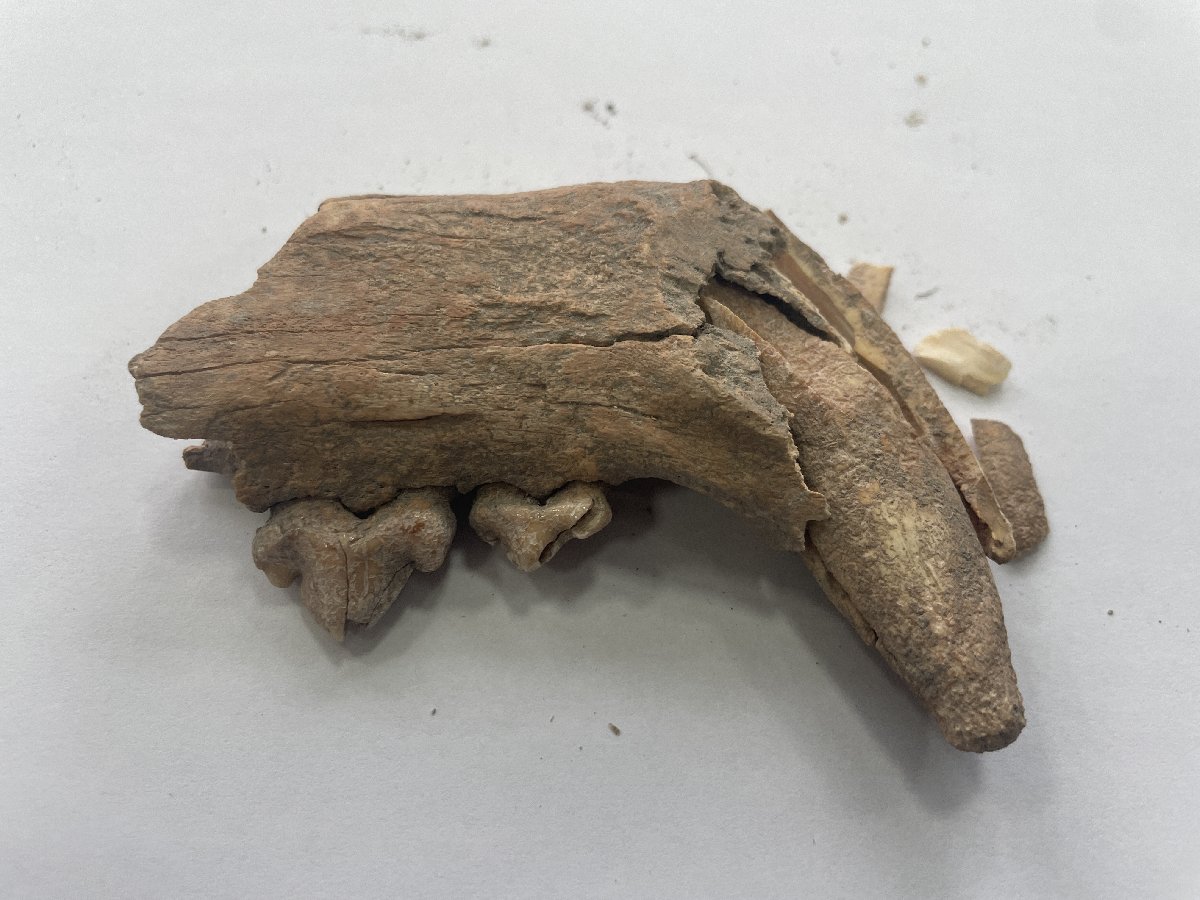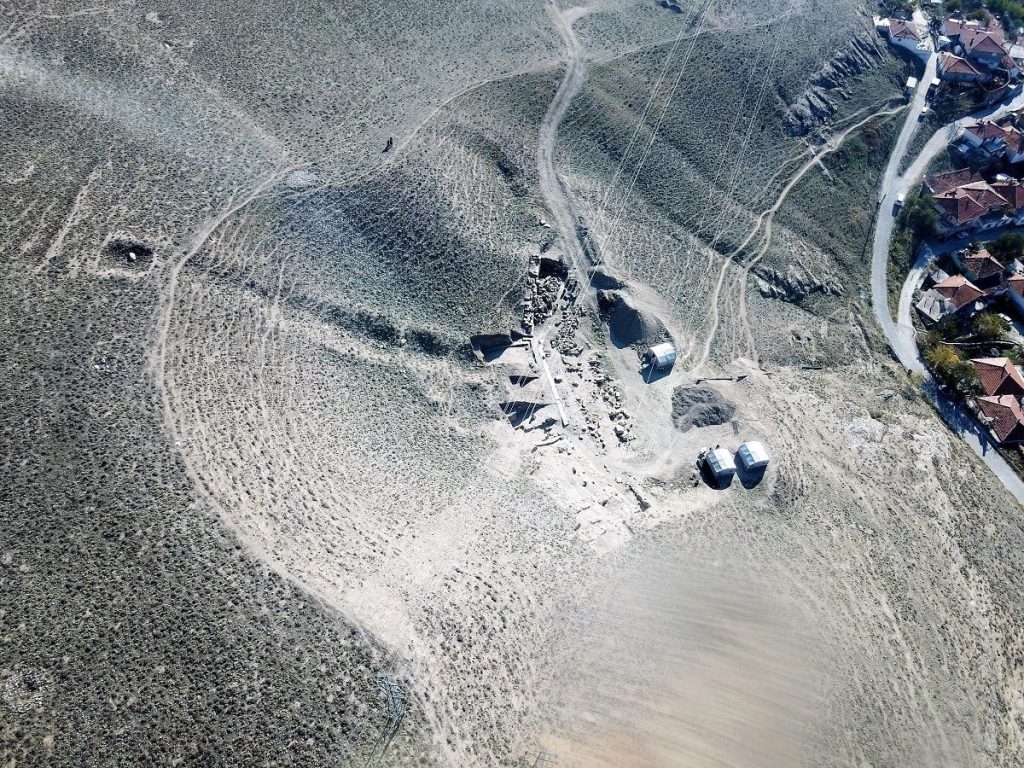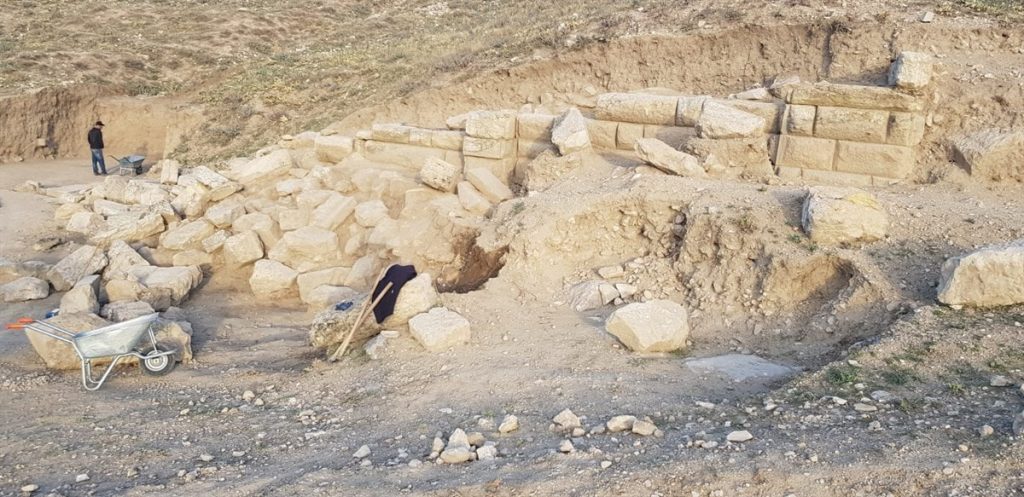
The jaw of a big cat featured in ancient shows has been found
The jaw of a big cat, thought to have been used in shows held at the theater in the Ancient City of Apameia, has been discovered.
Apameia was an ancient city established in Anatolia in the 3rd century BC by Antiochus I Soter, named after his mother Apama.
The city is located within the borders of the Dinar district of Afyonkarahisar province in present-day Türkiye.
Apameia is considered the second most important city after the ancient city of Ephesus. It minted bronze coins, and particularly during the Hellenistic period, its coins featured images of the Maeander River or Marsyas playing the flute.
The theater, dating back to the Hellenistic period, is one of the significant structures in the city. During intermittent excavations carried out in the theater area, the anelemma walls of the theater have been uncovered. The theater could accommodate up to 7,000 people.

In the ongoing excavations at the ancient theater, an intriguing discovery was made this year.
Dr. Ümit Emrah Kurt, the scientific advisor and coordinator of the Apameia excavations from the Department of Art History at Afyon Kocatepe University, stated that the discovered jawbone may belong to a large feline species such as a lion, tiger, or panther.
Kurt stated, “DNA analysis will be conducted on the bone fragment, and determinations will be made regarding its age and species. Since this animal is not native to the region where it was found and given its proximity to the theater, we believe it is associated with ancient period performances.”
Kurt mentioned that the jawbone is currently in the Afyonkarahisar Museum, and he further commented, “We have also unearthed intact pottery during the excavation. These findings provide us with valuable data related to the Hellenistic period.”
Cover Photo Big cat jawbone/AA
You may also like
- A 1700-year-old statue of Pan unearthed during the excavations at Polyeuktos in İstanbul
- The granary was found in the ancient city of Sebaste, founded by the first Roman emperor Augustus
- Donalar Kale Kapı Rock Tomb or Donalar Rock Tomb
- Theater emerges as works continue in ancient city of Perinthos
- Urartian King Argishti’s bronze shield revealed the name of an unknown country
- The religious center of Lycia, the ancient city of Letoon
- Who were the Luwians?
- A new study brings a fresh perspective on the Anatolian origin of the Indo-European languages
- Perhaps the oldest thermal treatment center in the world, which has been in continuous use for 2000 years -Basilica Therma Roman Bath or King’s Daughter-
- The largest synagogue of the ancient world, located in the ancient city of Sardis, is being restored












Leave a Reply